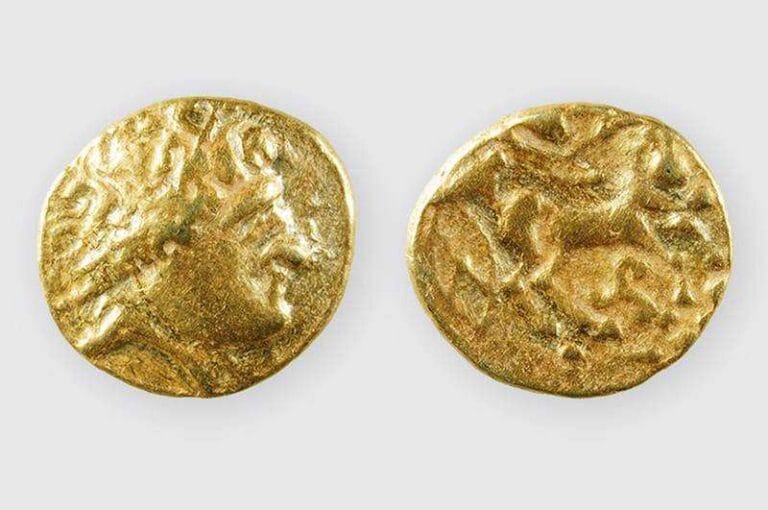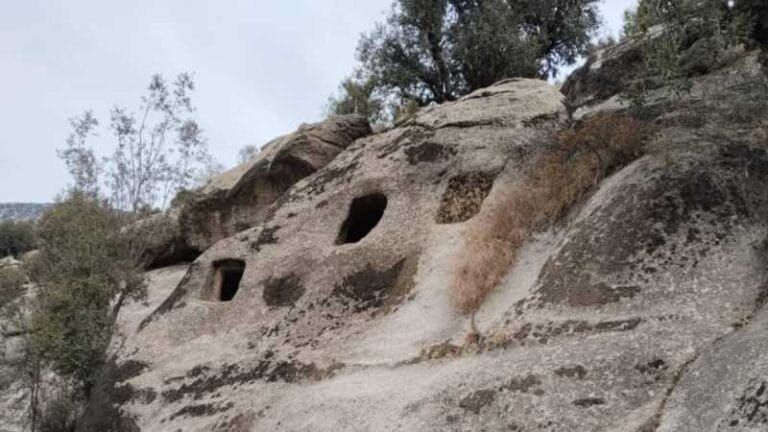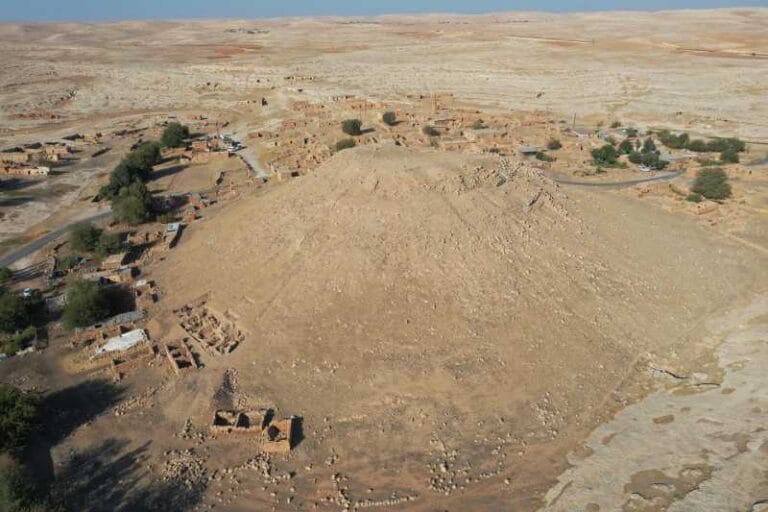Celtic necropolis with weapons and jewelry in France

Creuzier-le-Neuf (Allier), France – An impressive Celtic necropolis from the Second Iron Age was discovered in 2022 in the commune of Creuzier-le-Neuf, in central France, during excavations conducted by the National Institute for Preventive Archaeological Research (Inrap).
The finds, now revealed to the public, are remarkable for their quality and rarity: richly decorated weapons, metal jewelry, and unique objects dating back to the 4th century BCE.
Located atop a plateau, the necropolis covers around 650 square meters and contains over 100 graves arranged around a large square enclosure. Despite the absence of skeletons—decomposed due to the acidity of the soil—the preserved objects shed new light on Celtic funerary practices and craftsmanship of the time.
Among the highlights are copper alloy bracelets, many of them decorated with circular motifs known as ocelli, as well as 18 fibulae (a type of brooch), some painstakingly reconstructed in the laboratory. One of them stands out for its refined finish: a disc covered with silver foil and intricately decorated using the repoussé technique.
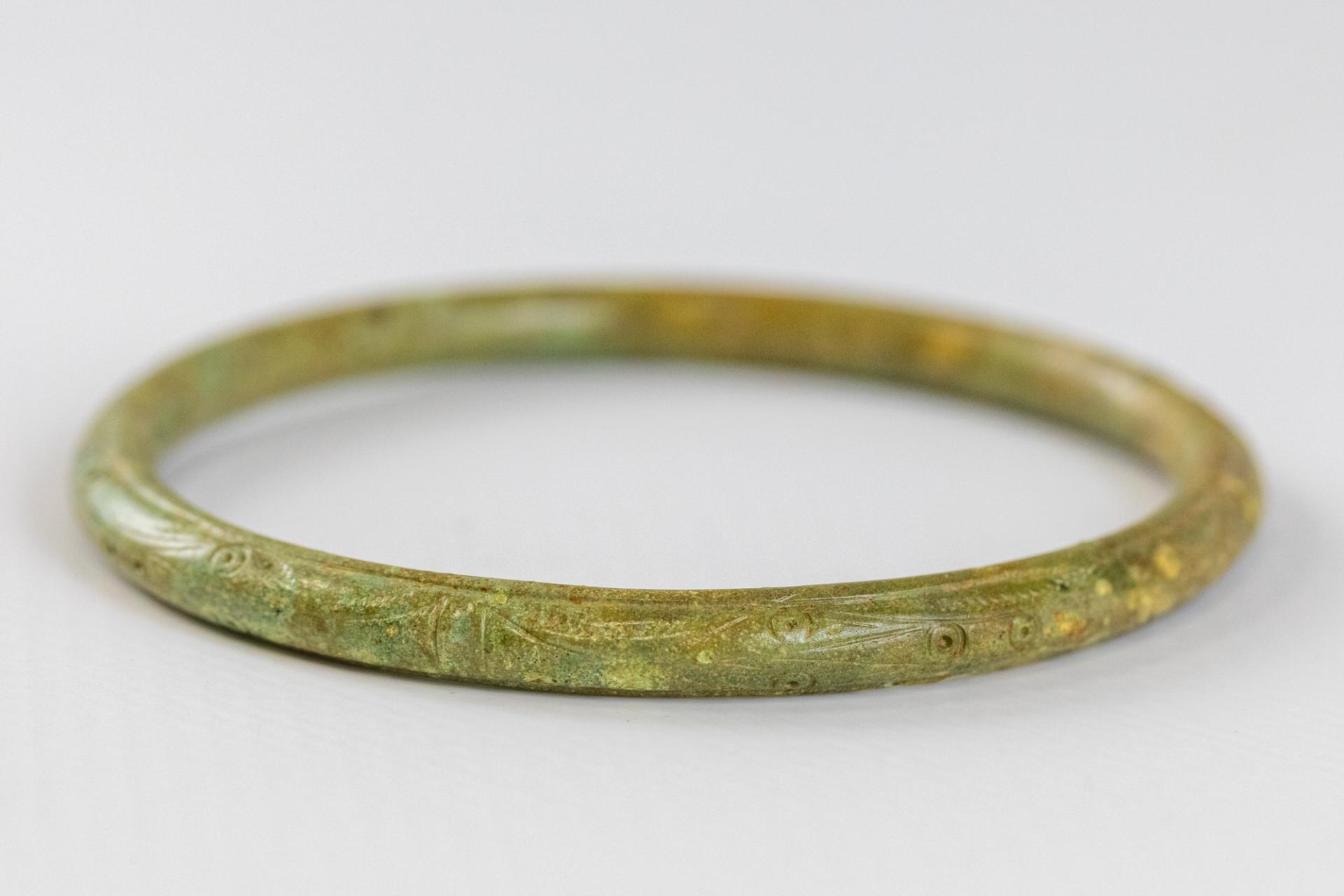
But the greatest surprises came from the weapons. Two swords were found still in their respective scabbards, both featuring extremely rare details. The most spectacular one, from tomb 782, has a scabbard adorned with scrolls, swastikas, and cabochons inlaid with what appear to be fragments of glass. The short, pointed blade bears enigmatic engravings: a circle, a crescent moon, and a line.

“The sophistication of these objects has few parallels in Celtic Europe,” said one of the archaeologists involved. The presence of preserved textiles within the corrosion suggests that parts of the deceased’s clothing also withstood the passage of time, offering unprecedented clues about funerary rituals.
The necropolis, located at the former confluence of the territories of the Arverni, Edui, and Bituriges, highlights the strategic and cultural importance of the region in the pre-Roman period. The excavations were carried out in preparation for the expansion of an industrial zone, underscoring the importance of preventive archaeology in preserving historical heritage.
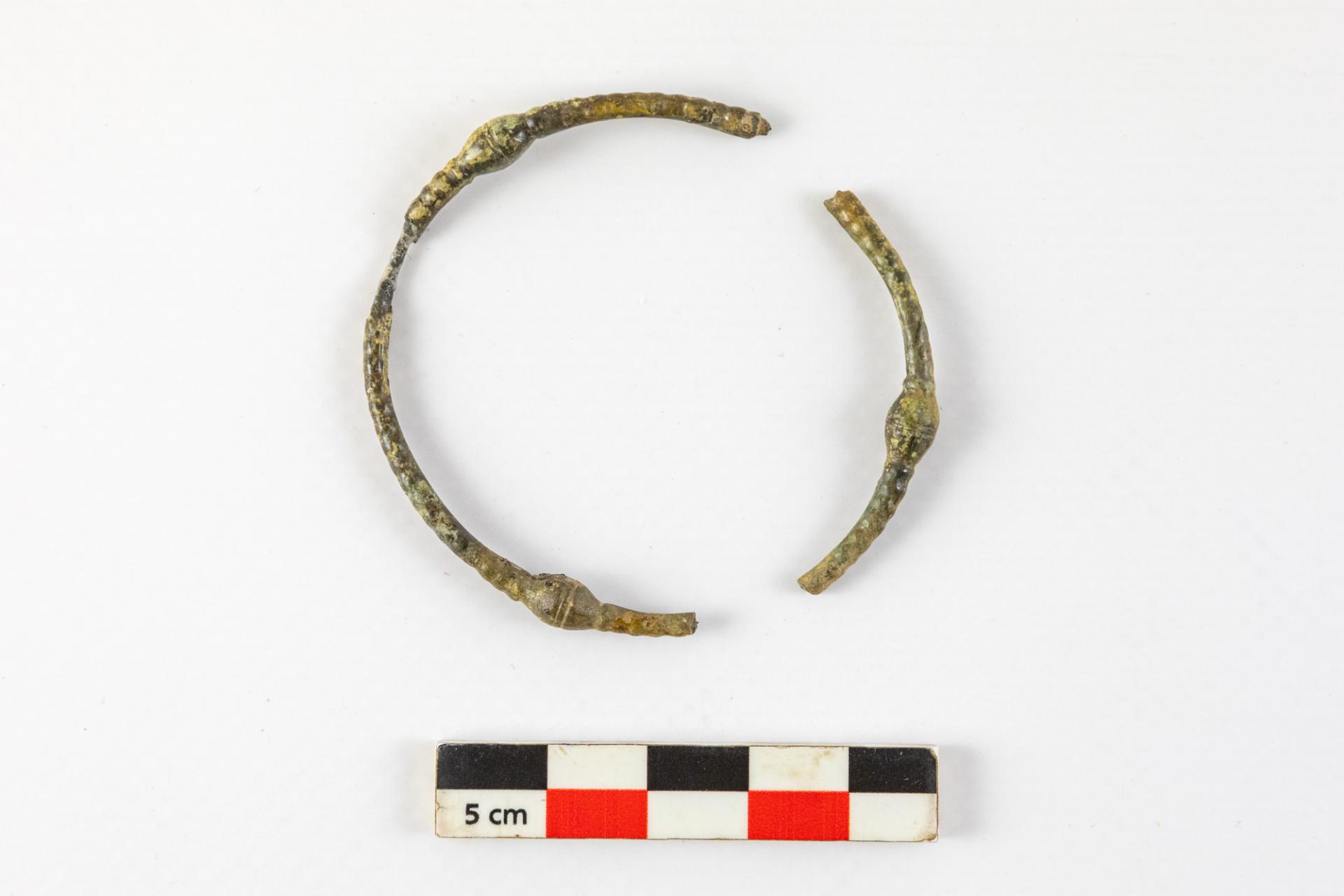
With these revelations, Creuzier-le-Neuf joins the map of major Iron Age archaeological discoveries, alongside famous sites in Champagne, Burgundy, and the Paris Basin.

